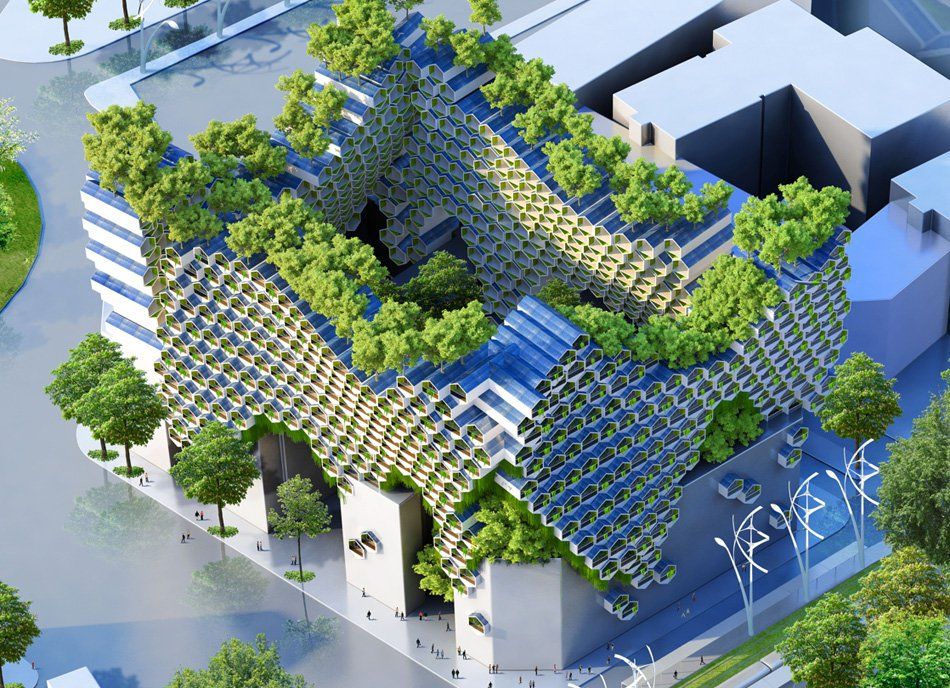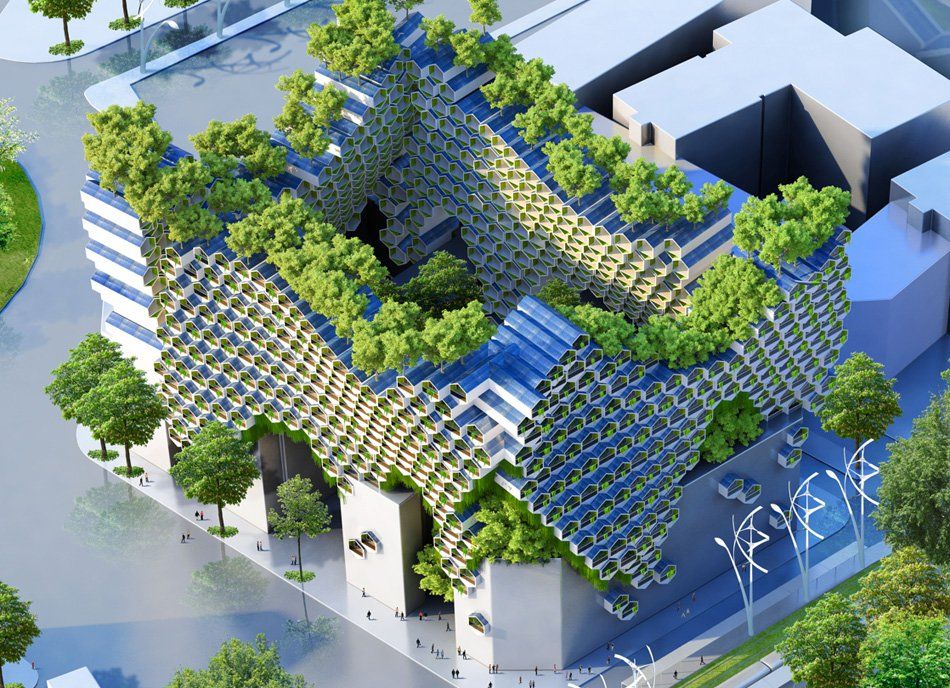What Defines a Sustainable Building?

- The concept of sustainable building: it means to last
- A sustainable and more efficient building
- The lifespan and materials of a sustainable building
- A sustainable building that evolves over time
- The importance of the location of the building
- A sustainable building for humans
- Sustainable building certifications

We are often asked to define the concept of “sustainable building”, to give its characteristics. Sometimes a plan is shown by asking about the green side of the building. What should we say in such cases? The subject is vast and complex!
The concept of sustainable building: it means to last
The first definition of a sustainable building is literally a building that lasts. For example, new construction has more ecological impact than a complete renovation. Durable construction implies considering, from the design stage, the lifespan of the building and imagining its impact, both present and future, during its use and demolition.
A sustainable and more efficient building
A sustainable building is also a building that does more than others. It must be more energy-efficient, consume less drinking water, discharge less water into the sewer and emit fewer greenhouse gases. Several solutions exist. In some latitudes, good insulation and efficient heating combined with heat recovery will be favoured.
The lifespan and materials of a sustainable building
But that’s not all. Materials, of course, play an essential role in the ecological impact of a building. The choice of the latter must be made, taking into account many criteria. The first is the life cycle of the material. Ideally, the material should be produced locally, but should also be derived from regional and renewable resources. Its recycling potential and service life are other critical criteria. If the material is locally produced, but is not or only slightly recyclable and needs to be replaced regularly, it is not a sustainable material.
A suitable material must also provide practical and intelligent answers to users. Poorly performing insulation made from local and recyclable products will probably not be an adequate solution.
These criteria must be considered not only during construction but also during the use and demolition of the building.
A sustainable building that evolves over time
It is also essential to think about the evolution of the uses of the building and the users. Bi-generational housing allows a family to grow and age in the same place rather than moving with each new event. The scalability of architectures must be taken into account, leaving room for new technologies, changes in building use or user behaviour. A building may be considered sustainable today, but if it still wants to be sustainable in 30 or 40 years, it must be able to evolve and adapt.
The importance of the location of the building
Location is also crucial. Building in the middle of the forest or on farmland, several kilometres away from public transport makes no sense. In this logic, the ecological impact of users will be less if the building is located close to public transportation.
A sustainable building for humans
Finally, user comfort is a fundamental criterion. Healthy materials, lots of natural light, and orientation adapted to the site, and use will allow a building to age well and remain welcoming and comfortable over time.
Sustainable building certifications
Many certifications make it easy to know whether the building meets the requirements of sustainable construction.
Many other elements could be addressed: Where to build? What area? For what purpose? As you can see, the list goes on and on. Ultimately, a sustainable building must meet the immediate and future needs of users, be built in the right place with the right materials, without impact on health or society. But there is no miracle solution, just good reflexes to have and to acquire!
If you want to see more useful information about different categories, please visit our website.


